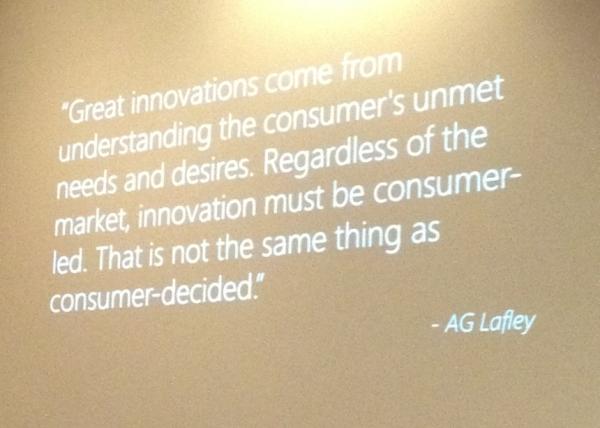
Chip Conley
- When analyzing consumer buying behavior, folks down at the South By Southwest Interactive Festival found themselves at the crossroad of psychology and business, with Chip Conley acting as the crossing guard.
- Chip Conley is the CEO and Chief Emotions Officer at Joie de Vivre Hospitality, a company he founded two dozen years ago. Chip’s years of experience and best-selling books helped him to create his talk, “Emotional Equations to Connect With Your Customers,” which aimed to help business leaders understand how to be more emotionally intelligent in the workplace.
Unpack your emotional baggage
- Despair = suffering minus meaning. Suffering is a constant, meaning is a variable. Meaning lessens suffering.
- Fear is used systematically to control, suppress and get people to do “something.”
- When going through bad times, a company is a sweatbox.
- Study: Women who had teen depression vs those who did not – the former were much better able to handle being a widow later.
- Stress early in life builds long-term courage and resilience, builds emotional muscles.
- Anxiety resolution: Chart what do I know/don’t know, what can I influence/can’t.
- Disappointment = Expectations minus reality.
- Disappointment is usually the result of poorly managed expectations.
Happiness and business practice
- Happiness = wanting what you have/having what you want
- Happiness = practice gratitude/pursue gratification.
- Happiness = wanting what you have divided by having what you want.
- Solace and comfort comes from consumption, replacing religion?
- Bhutan – forget GNP – try gross national happiness.
- Hedonic treadmill, whatever we get is what we want, we want more, which yields unhappiness.
Our basic needs to survive, succeed, and transform
- Meet expectations, meet desires, meet unrecognized needs, but unrecognized needs will become expectations.
- Transformational companies focus on the unrecognized needs of their customers.
- Between stimulus and response is a space to choose our response.
- We all aspire to self-actualization, but how do you make it for a company? Many great companies used it.
Buying behavior
- Buying behavior is driven by unconscious thoughts. 95% of thought, emotion & learning happen w/o consciousness.
- Identity affirmations play a huge role in consumer behavior. What does the product say about me, self-actualization.
- People identify with things they aspire to be. Shopping is buying identity.
- The more options we have, the more opportunity for regret.
- What does a self-actualized customer looks like?
4 ways to succeed
- Help meet goals
- Allow expression
- Feel part of bigger cause
- Offer real value that they hadn’t imagined
- Want to learn more about Emotional Equations? Check out Chip Conley’s Prezi presentation for free.



